In beauty, everyone wants to be at the top. Competition is fierce and standing out has never mattered more. That’s why beauty brands can’t just have the best products; they must be proactive with their beauty marketing, in a way that gets people talking.
This guide explores the 2026 marketing trends shaping beauty, skincare and fragrance – including how live experiences will be used to bring product marketing to life.
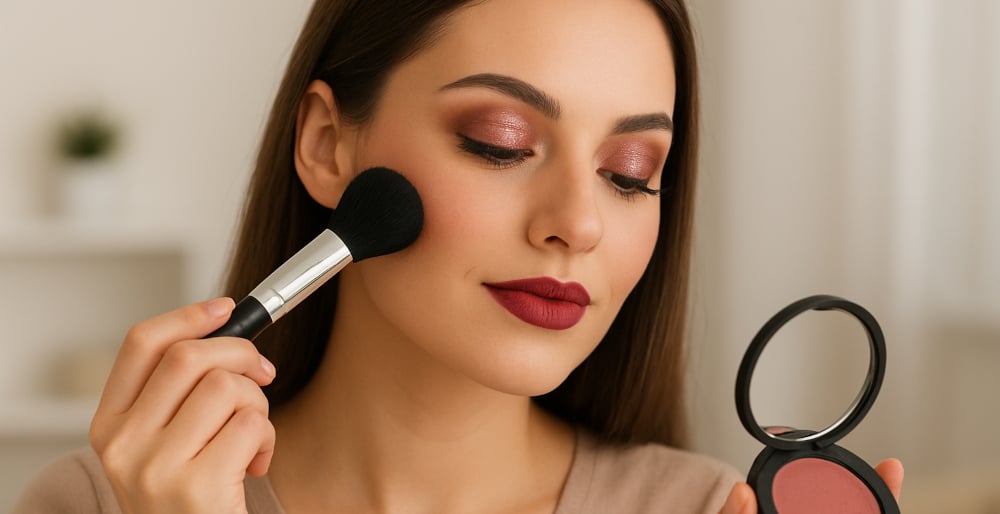
Whether you’re planning a skincare campaign or launching a new scent, these insights will help you stay one step ahead.
1. Live experiences take centre stage
Everyone loves a live campaign, and especially the Gen Z crowd. They love to touch, test, and feel before they buy – and that’s driving beauty brands like FENTY and Charlotte Tilbury to host pop-up events. Think mobile beauty bars for trying the hot new item, and pamper stations for surprise treatments.

Fragrance marketing must also find new ways to engage the senses. After all, a glossy TV ad doesn’t let people try before they buy. Consider scent pods, perfume blending stations, and mobile experiences that allow them to go ‘hands-on’.
While digital ads are alive and well, beauty marketing in 2026 will focus more on reaching customers at key venues like high streets and tourist hotspots. As a hugely effective form of product marketing, it’ll just continue to grow in popularity.
2. User-generated content is King (or Queen!)
Gone are the days when advertising went to influencers and content creators alone, and in 2025, we saw the best campaigns manage their time between the public and influencers. This marketing trend will only grow in 2026 as brands target the modern, always-online audience.

It’s about creating an experience that promotes authentic, shareable moments, and exciting guests so they shout about the new fragrance, beauty, or skincare product.
Whether it’s a skincare brand pop-up, a fragrance lounge or a mobile beauty bar, the event should scream ‘glitz and glamour’ to get people sharing. It’s definitely more cost-effective than paid ads.
Can’t wait for others to film content on your behalf? See how to make your beauty campaign a social media showcase.
3. Beauty marketing makes things personal
Beauty brands often spend time with the public as a sales tactic, giving in-store make-up sessions to win over new customers. In 2026, this personal approach will hit new heights, as live campaigns lean on helpful pop-up stalls and make-up or skincare sessions.
Take QV Skincare, for example. They blew the competition away with an educational skincare campaign featuring a branded Airstream, where the public jumped on board to test their skin's hydration levels.

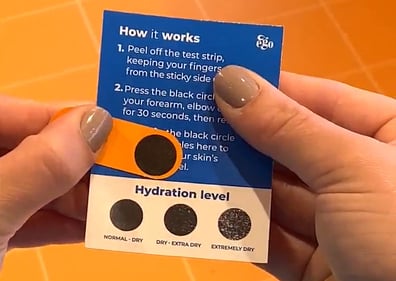
FENTY Beauty also knows the power of meaningful advice, allowing guests to pick their foundation from a range of 50 shades. They could then grab a free coffee and follow signs to the closest make-up store.
These beauty brands took a personal approach, with massive success. See our 10 favourite beauty campaigns for more enchanting projects.
4. Tech becomes key to engagement
Live experiences blur the line between on and offline beauty marketing, especially with the rise of digital engagement. QR code displays can unlock discounts, exclusive content, or be used to enter competitions.
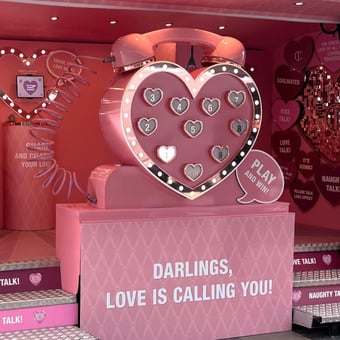
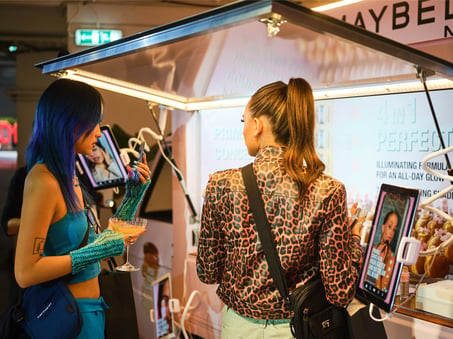
Hashtags tie everything together, letting audiences share their content for a chance to win prizes or be featured by the brand. This energy fuels social media, and online visibility drives even more customers back to you.
Tech will be one of 2026’s biggest beauty marketing trends, as it continues to be integrated in clever ways. Think touchscreens, AI try-ons, and richer audio/visual experiences.
Charlotte Tilbury took a ‘tech first’ approach to their Love Effect campaign, with a polaroid booth, digital heart game, and digital billboard for affectionate messages.
5. A renewed focus on collabs
Beauty and fragrance bands often ask influencers to put their stamp on their latest products. It's one of the most popular marketing trends, so we expect to see even more of this as competition heats up!
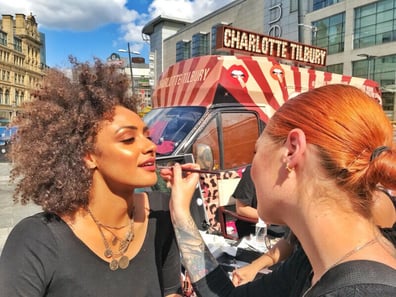

The idea is simple: a brand asks a local celebrity to endorse a particular mascara, support a specific lipstick shade, or put their name to a make-up compact. This encourages their followers to turn up, and in turn, make the launch a glowing success.
Then you have brand collabs. Retailers often work with beauty, fragrance, and skincare brands to spread awareness and shout about the latest range. Look no further than Fresh and SPACE NK’s mobile café as an example.
Learn about the vehicle trend shaping beauty
In 2026, more beauty brands than ever will take their campaigns on the road.
From mobile make-up days to fragrance discovery vans, promotional vehicles offer the freedom to advertise in memorable ways, and can even serve as engaging walkthroughs.

Beyond mobility, vehicles can also be decorative product showcases that draw the crowds and create sharable moments.
Click to explore how promo vehicles can take your brand to the next level in 2026.




